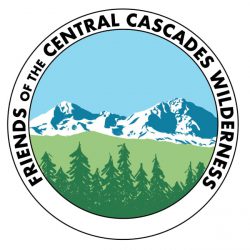YELLOW JACKETS
Late summer and early fall is a nasty time for yellow jackets. They are much more aggressive due to the need to feed meat to their larvae. This is why they will be hounding your sandwich eating on the tailgate. The adults don’t eat meat. They need sugar and carbohydrates. So a peanut butter and bologna sandwich chased down with a coca cola is pretty hard for them to resist. They are thirsty too. As many water sources dry up, they will be hanging around waterway edges.
Please be aware with each bite. Also watch out at the river and lake edge. Any disturbance may be rewarded with a painful sting. A crew hiking single file in the woods may disturb a nest and one person will be identified and stung. They (yellow Jacket wasps) can/will sting you multiple times. And to top it off, they mark you with a chemical which attracts it colleagues to sting you repeatedly. They will follow the poor person marked for many yards before going back to the nest.
The dangers of yellow jacket stings are: severe allergic reactions; and multiple stings. Both can be fatal.
1. A small percentage (0.05–2%) of the population can have an allergic reaction which could result in anaphylaxis. If stung watch for signs and symptoms: Undue swelling of the extremities and tongue, redness, hives, wheezing, shortness of breath, nausea, blue skin color, drop in blood pressure, and numerous extremely unpleasant things including no breathing. If one or more of these symptoms are observed, call 911 or dispatch for immediate ALS. A medivac helicopter is recommended if in remote areas. An epinephrine (EPI) shot may be required to save a person from anaphylaxis. If there is an EPI Pen around, use it now. A second shot may be required while waiting for paramedics.
2. Multiple stings are very serious too. An extreme amount of venom from 50 or so stings can also be fatal. This person requires immediate medical aid. Call 911 and get them to the rig ASAP. Call for a medivac helicopter in the outback.
Carry BeeBop wasp spray. Mark known nests. Steer clear of the nests until early morning and kill the nest then – when it is cooler.
Look in areas where there may be a nest before reaching your hand in.
And always wear your proper PPE in the woods.
Be safe and aware until the rain comes.

